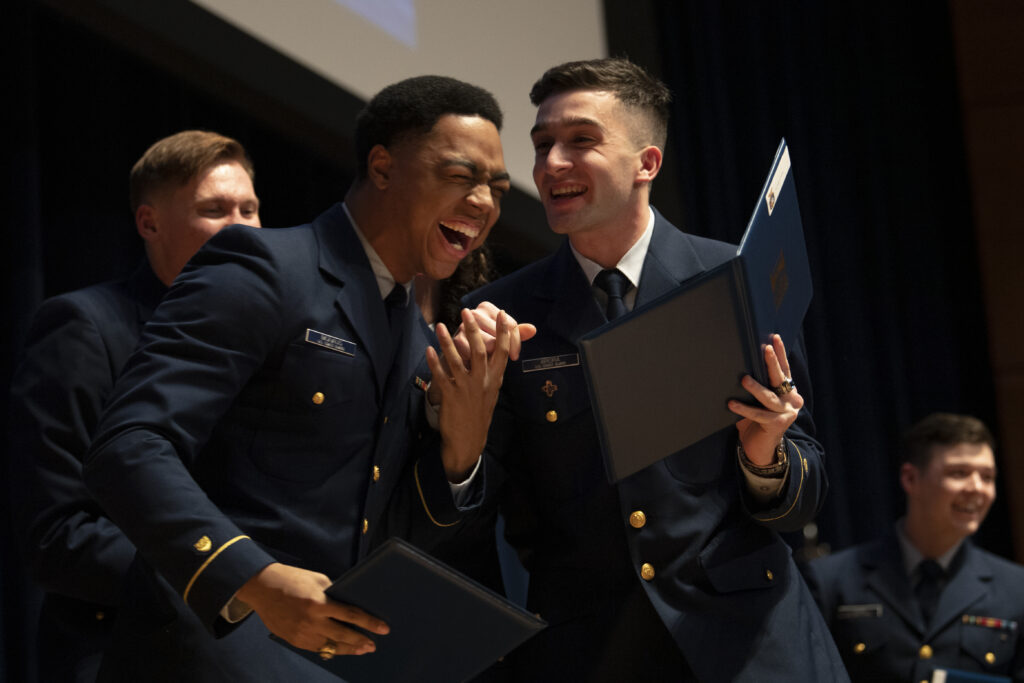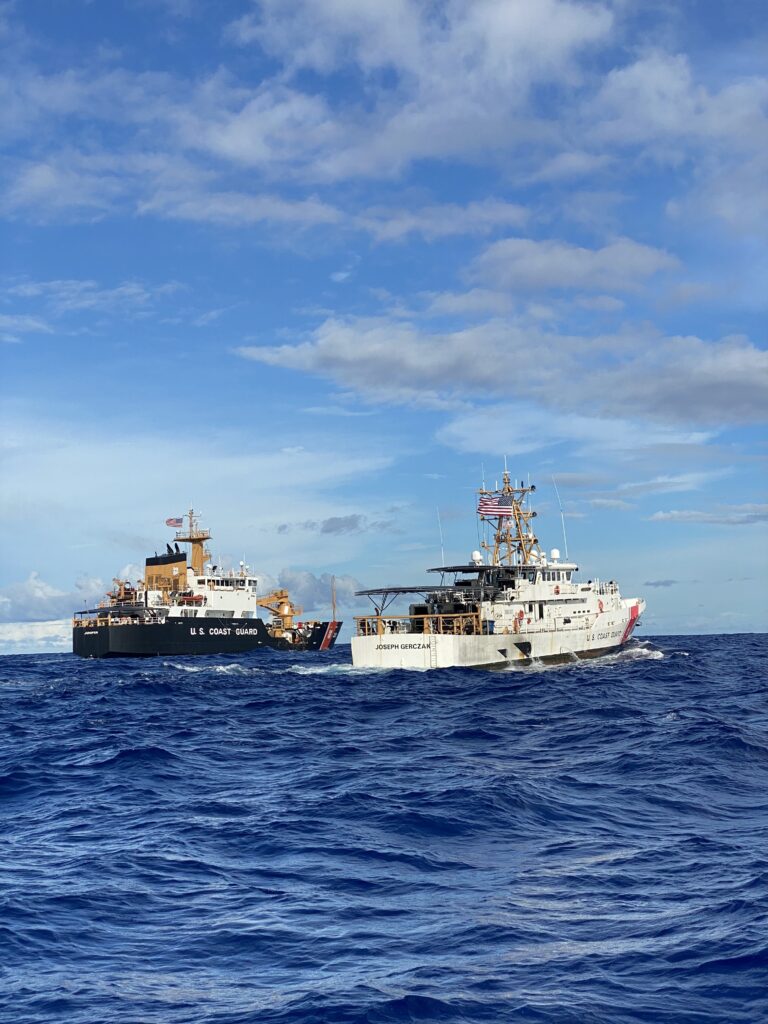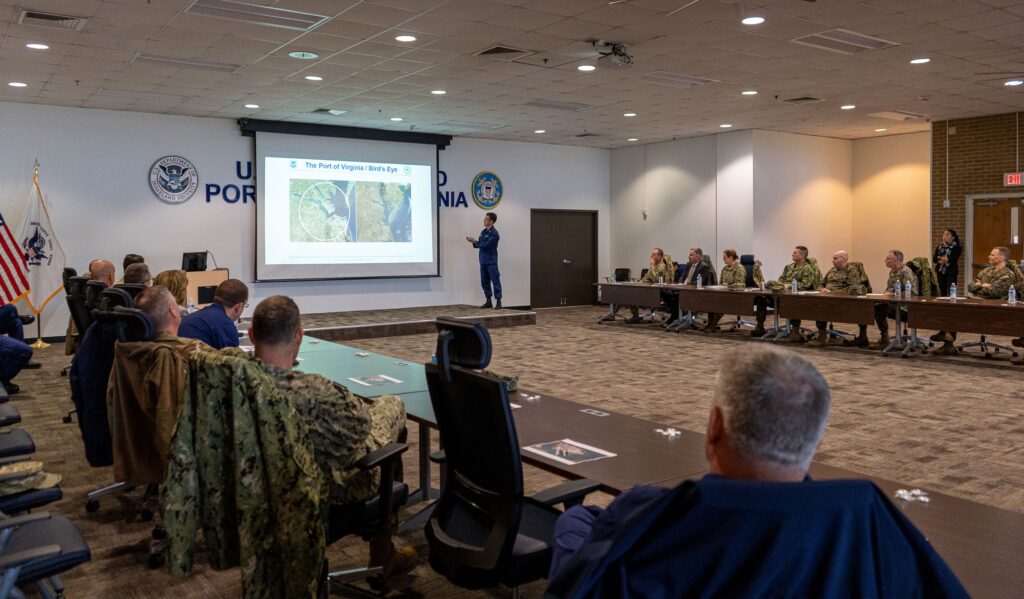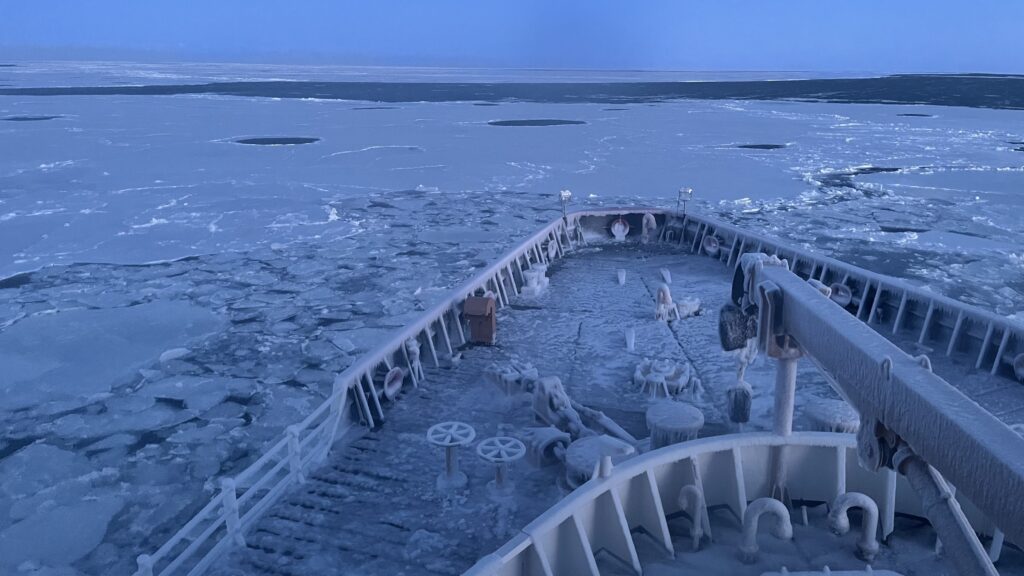Coast Guard Cutters Conclude Operation Aiga in Oceania
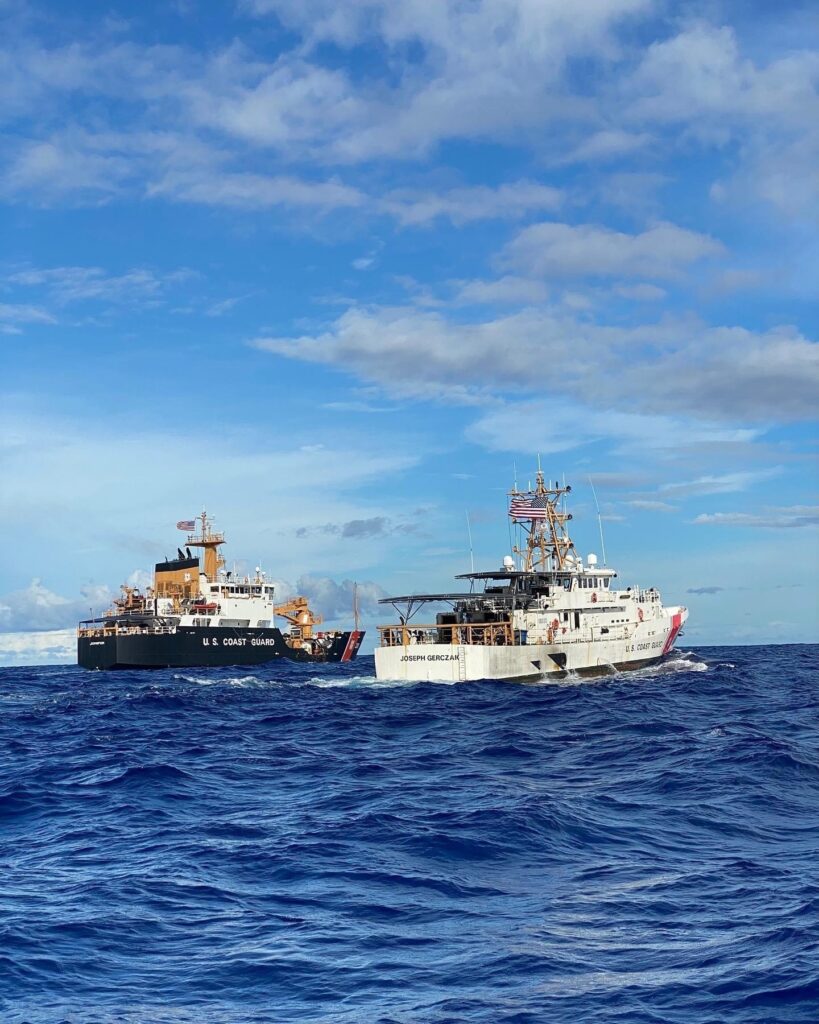
HONOLULU — The crews of the Coast Guard Cutters Juniper and Joseph Gerczak returned to Honolulu March 7 after completing a 42-day patrol in Oceania in support of Operation Aiga, the Coast Guard 14th District said March 11.
Both crews deployed on a combined 14,000-mile patrol to provide maritime support and patrol coverage for Samoa and American Samoa’s exclusive economic zones as well as conducted joint-training operations with the armed forces in French Polynesia.
Operation Aiga, the Samoan word for family, is designed to integrate Coast Guard capabilities and operations with Pacific Island County partners to effectively and efficiently protect shared international interests, combat illegal, unreported and unregulated fishing and strengthen maritime governance in Oceania.
“The Coast Guard remains committed to combating IUU fishing as fish stocks remain a critical component to maritime sovereignty and resource security for many nations, especially those in the Pacific,” said Cmdr. Jeff Bryant, chief of enforcement for Coast Guard District Fourteen. “The Juniper and Joseph Gerczak were able to establish stability for our partners on the high seas and while patrolling their EEZs in support of Operation Aiga.”
While underway, both cutters conducted hoist training with French Dauphin N3 helicopter crews designed to increase interoperability on the high seas. Additionally, both cutter commanding officers met with Rear Adm. Jean-Matthieu Rey, commander of armed forces in French Polynesia, in Tahiti to discuss the importance of regional maritime security partnerships to maintain a free and open Indo-Pacific.
“We had the privilege to integrate our capabilities and strengthen existing partnerships with the French, while protecting global resources on the high seas and exclusive economic zones of our regional partners,” said Cmdr. Christopher Jasnoch, commanding officer of the Juniper. “I am extremely proud of the crew of Juniper for their hard work preparing for this patrol, resiliency in overcoming the challenges of COVID-19 and their dedication to protecting national interests in Oceania while modeling professional maritime behavior to our partners and competitors.”
Additionally, the Juniper and Joseph Gerczak crews helped fill an operational presence, conducting security patrols in Samoa’s EEZ throughout the month of February to protect fisheries and other natural resources while Samoa’s Nafanua II patrol boat was down.
The Joseph Gerczak made an inaugural visit in Pape’ete, Tahiti, marking the first time a Coast Guard fast response cutter conducted vital port calls on the island.
“Although Coast Guard missions, new cutters, and adventure make serving afloat attractive, the top incentive remains having the opportunity to serve alongside the most talented and humble men and women our country has to offer,” said Lt. Joseph Blinsky, commanding officer of the Joseph Gerczak. “Without the skill and hard work from Joseph Gerczak’s crew, our more than 2,300 NM transit to Tahiti from Honolulu would not have been possible. Coupled with first-class support from District 14, Sector Honolulu, and Juniper, made executing this expeditionary patrol a reality.”



